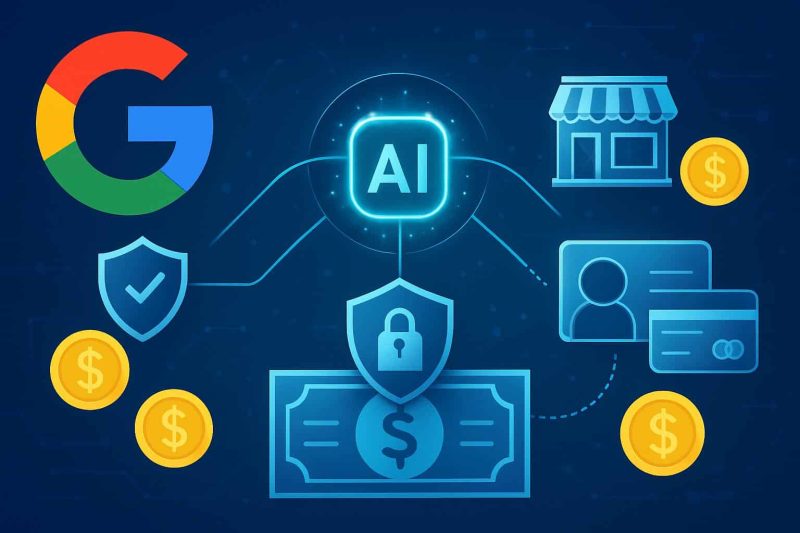Google has introduced AP2 (Agent Payments Protocol), an open-source framework designed to let AI agents handle payments securely and consistently. This initiative builds on Google’s earlier work, including Agent2Agent (A2A) and the Model Context Protocol (MCP).
More than 60 organizations helped shape AP2, ranging from payment leaders like Mastercard, PayPal, and American Express to tech firms such as Coinbase and Etsy.
Key Features of AP2
AP2 is designed with flexibility and security at its core. Some of its standout features include:
- Multiple payment options: It supports both traditional methods (cards, bank transfers) and digital assets like stablecoins through extensions.
- Mandates and credentials: Users provide “mandates,” which are cryptographically signed digital contracts backed by verifiable credentials to capture intent and permissions.
- Real-time and delegated purchases: AP2 distinguishes between real-time transactions, where users approve purchases on the spot, and delegated tasks, where pre-signed mandates allow agents to act automatically within set rules such as spending limits or time restrictions.
- Crypto extensions: A2A x402, built with partners including Coinbase, MetaMask, and the Ethereum Foundation, enables seamless agent-to-agent crypto and stablecoin payments.
Why AP2 Matters
AI is rapidly evolving to handle tasks such as shopping, booking, and negotiating. AP2 provides a secure foundation for this new era of autonomous agents by ensuring transactions remain traceable, authorized, and compliant.
The protocol also tackles challenges like interoperability and accountability:
- Unified standards: By bringing together banks, card networks, and crypto players, AP2 reduces fragmentation and creates a shared rulebook.
- Regulatory alignment: AP2’s structure helps address questions around liability, dispute resolution, and audit trails.
- Support for stablecoins: With stablecoins becoming more popular, AP2 allows faster and cheaper cross-border payments, opening doors for new business models.
Despite its promise, AP2 faces hurdles before widespread adoption. Regulatory uncertainty around stablecoins, risks of fraud, and the need for clear user consent remain major challenges. Additionally, the protocol will only succeed if enough merchants, agents, and payment providers adopt it, creating the necessary network effect.
Still, AP2 highlights a broader shift in payments. As AI agents increasingly operate independently, systems like AP2 aim to ensure security and trust while supporting both traditional finance and the growing crypto economy.
